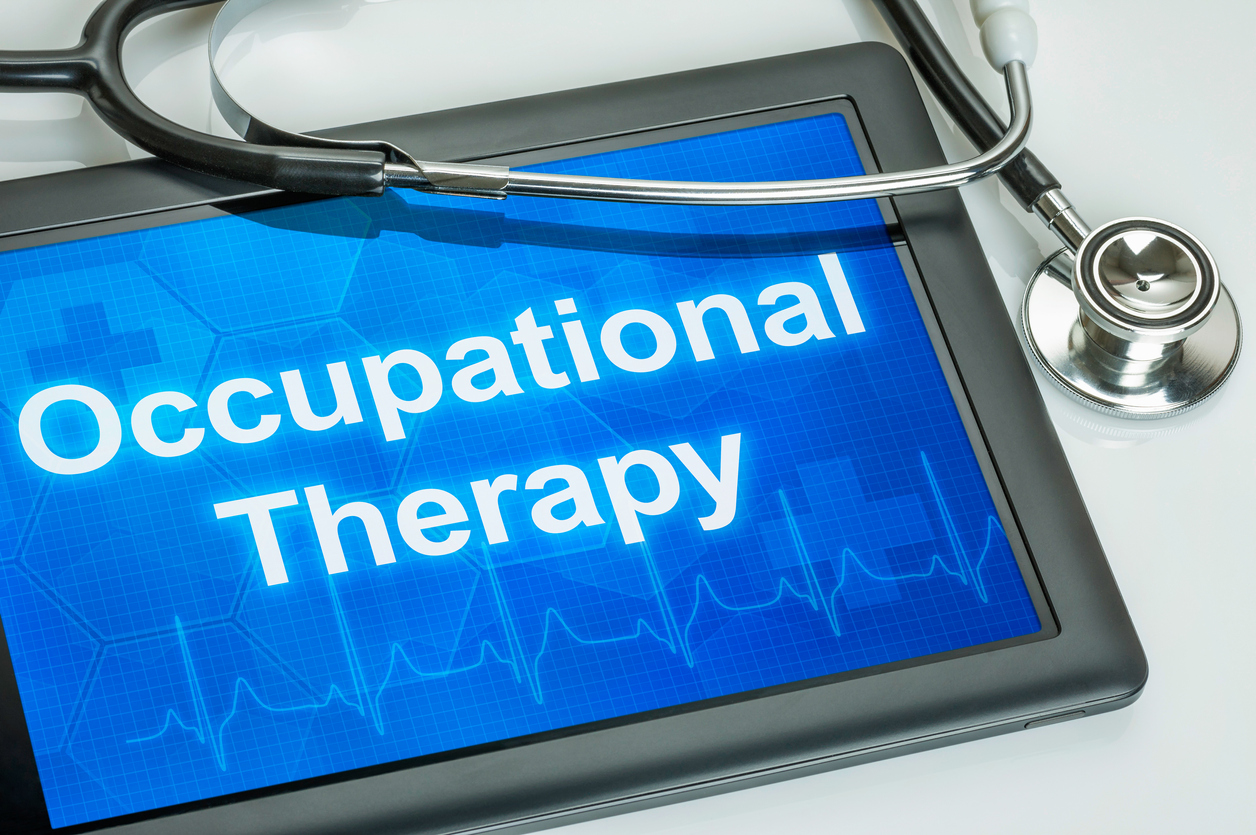 Written By: Catherine Valentino, OTD, OTR/L, MHS
Written By: Catherine Valentino, OTD, OTR/L, MHS
Happy OT Month to all my fellow occupational therapists! We find ourselves in interesting times right now, but I do believe these trying circumstances are highlighting some of the forgotten benefits and needs of OT services. I want to focus the necessity of social role. We are seeing vast changes all around us due to social distancing. With social isolation our patients, neighbors, and loved ones could be at risk due to decreased physical and cognitive demands. When we engage in social role, we are able to challenge all of our body systems and promote physical and emotional well-being. Use this time to explore how social role plays a part in your quality of life. How do you incorporate these skills into your plans of care and daily treatment for your clients?
Let’s look at a couple of the systems that we rely on to have success in our social interactions. We actively use our visual systems to receive and interpret input. How are you incorporating visual skills into your treatment approaches with your clients? Consider the need to scan the environment to receive input, visually seek out stimuli, and safely navigate to reach a social interaction goal. So often we, as OTs, are linked to upper extremity function. How are your patients incorporating fine and gross-motor coordination into communication? We need to think about the value of gestures and nonverbal communication along with the use of technology to reach out to friends and family. Bring use of these tools and skills to sessions for social role development and to restore their competencies in social interactions.
In a study by Burr and Quach (2019) they investigated the links between social role deficits with depression and frequency of falls. Factors that they investigated included perceived isolation and loneliness, depression and feelings of social disconnectedness all which played an active role in falls prediction and occurrence. If you have ever been with me in one of Summit’s courses you have heard me stress the interdependence of all of our systems, mind and body, and this is exactly why. The figures Burr and Quach (2019) presented reached an astounding 47% increase in falls risk due to social role component deficits. Burr and Quach (2019) summarized the distinction between social role, depression, and safety to be, “reducing perceived social isolation and social disconnected-ness may be an avenue for designing interventions to reduce the risk of falls, especially for older adults with depression” (p. 293). With all of this data is begins to paint the picture of how social role is vital in the safety and independence of our patients.
I want to thank you all for what you do each day to be advocates for your patients and keeping them functional to return to everything they value. Occupational therapy is an amazing profession full of talented and gifted clinicians. I, as I am sure many of you, are often asked “what is OT?” I always reply simply, “we can work on anything that occupies your time.” So, OTs get creative, enjoy the vastness of your occupation, and make the dream of getting your patient back to the things they value the most a reality. Celebrate our unique role in the healthcare professions!
#thepowerofoccupationaltherapy
If you are interested in taking any of Catherine’s courses, click here!
Resources:
https://www.aota.org/About-Occupational-Therapy/Professionals/MH/Community-Mental-Health.aspx
Burr, J., & Quach, J. (2019). Social isolation and falls risk among community dwelling older adults: The mediating role of depression. Innovation in Aging, 3(1), S293.
